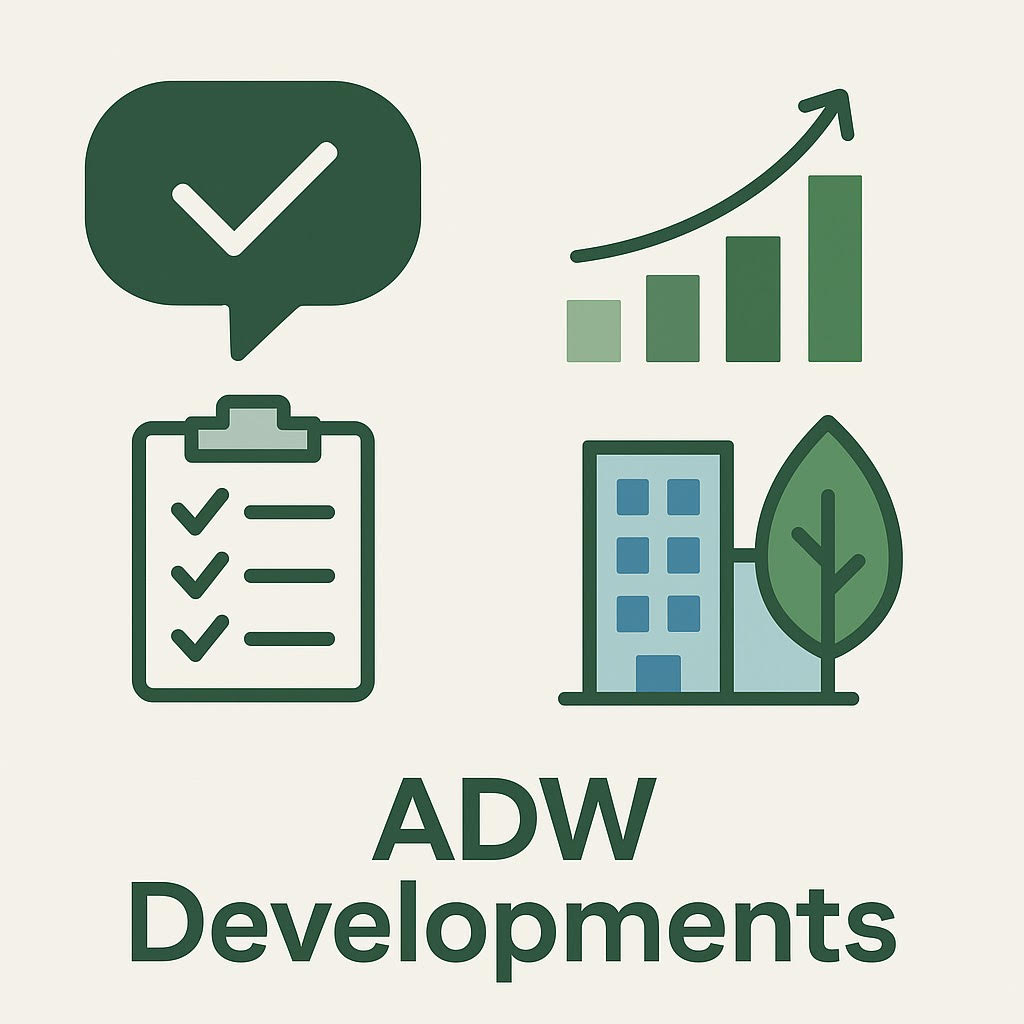As the built environment sharpens its focus on real operational performance, BREEAM’s MAN 05 Post-Occupancy Evaluation (POE) has become an increasingly important part of successful project delivery. It ensures that buildings perform as intended once occupied. This article summarises the purpose of MAN 05, outlines its key requirements, offers practical advice, and clarifies whether a site visit is needed for compliance.

What Is MAN 05?
MAN 05 is a management credit within BREEAM New Construction (UK) covering the period after handover and occupation. Its purpose is to confirm that the design intent translates effectively into day-to-day building performance through aftercare, seasonal commissioning, and structured post-occupancy evaluation.
It encourages project teams to assess real outcomes such as comfort, usability, and energy performance, and use these insights to improve operations and inform future project learning. As a result, MAN 05 helps bridge the gap between design expectations and actual results.
Key Requirements and Considerations
1. Timing and Scope
A POE is usually carried out after at least 12 months of occupation, ensuring the building has completed a full seasonal cycle. The evaluation should be wide-ranging, addressing management, operation, occupancy, comfort, and environmental performance rather than isolated issues.
2. Evidence and Deliverables
To comply with MAN 05, project teams typically provide:
- Occupant satisfaction surveys
- Energy and water performance analysis against design expectations
- Review of handover, training, and O&M documentation
- Assessment of facilities management procedures
- Seasonal commissioning evidence (where relevant)
- A POE report with findings and recommendations
Bespoke POE methodologies are acceptable if they meet the BREEAM criteria.
3. Speculative Developments
Where no occupier is identified during design, certain elements of the POE may not apply. BREEAM allows flexibility in these circumstances.
4. Integration with Design and Construction
MAN 05 is most effective when planned early. Key preparatory steps include:
- Installing appropriate metering and monitoring systems
- Preparing user guides and handover materials
- Allocating programme time for seasonal commissioning
Such measures ensure the POE is meaningful and evidence-rich once the building is in use.
Why MAN 05 Matters
MAN 05 plays a crucial role in ensuring that buildings deliver on their sustainability and performance goals. Its benefits include:
- Helping close the performance gap between design and operation
- Improving occupant comfort, wellbeing, and productivity
- Enhancing asset value through lower operational costs and greater resilience
- Supporting continual improvement across future projects
For organisations focused on whole-life performance, MAN 05 provides a robust and practical framework.
Practical Tips for Implementing MAN 05
To run a successful and compliant POE:
- Plan early: Integrate POE tasks into the project from the start.
- Allocate a budget: Ensure aftercare and evaluation activities are properly resourced.
- Appoint a skilled evaluator: Use a competent POE professional or specialist.
- Ensure strong data capture: Leverage BMS data, sub-metering, and utility records.
- Engage occupants well: Use surveys and interviews to gather authentic feedback.
- Act on findings: Use POE results to refine building operations and support future designs.
Approaching the POE as a learning opportunity increases the value delivered. And this is where ADW Developments can help you achieve the best results.
Do You Need to Carry Out a Site Visit?
The site visit is not mandatory. BREEAM focuses on the outcomes of the POE, not the method used. A compliant POE must include:
- Occupant feedback
- Performance data
- Operational review
- A structured report
- Feedback to the design team
- Evidence of commitment to improvements
None of these require being physically on-site unless the project team finds it beneficial.
When a Site Visit Can Still Add Value
Although optional, a site visit can support:
- Verification of plant, controls, and metering
- Observations of real occupancy and comfort conditions
- Conversations with facilities management
- Visual checks of operational issues
That said, many of these insights can be gathered remotely using BMS data, digital documentation, virtual meetings, and online surveys, offering greater flexibility and efficiency.
MAN 05 in the Context of Broader Projects
For complex or long-life projects, MAN 05 fits into wider performance goals. POE methods can be adapted to suit different asset types, and early planning ensures the right monitoring, commissioning, and user-focused measures are in place from the outset.
For project teams, it offers a practical framework to sharpen commissioning, improve handover information, and support smoother building operation.
In Conclusion
MAN 05 is a practical check on how a building actually performs. A site visit is optional, but a well-structured POE is essential. When used properly, MAN 05 helps close the performance gap, strengthen user experience, and deliver buildings that work.
